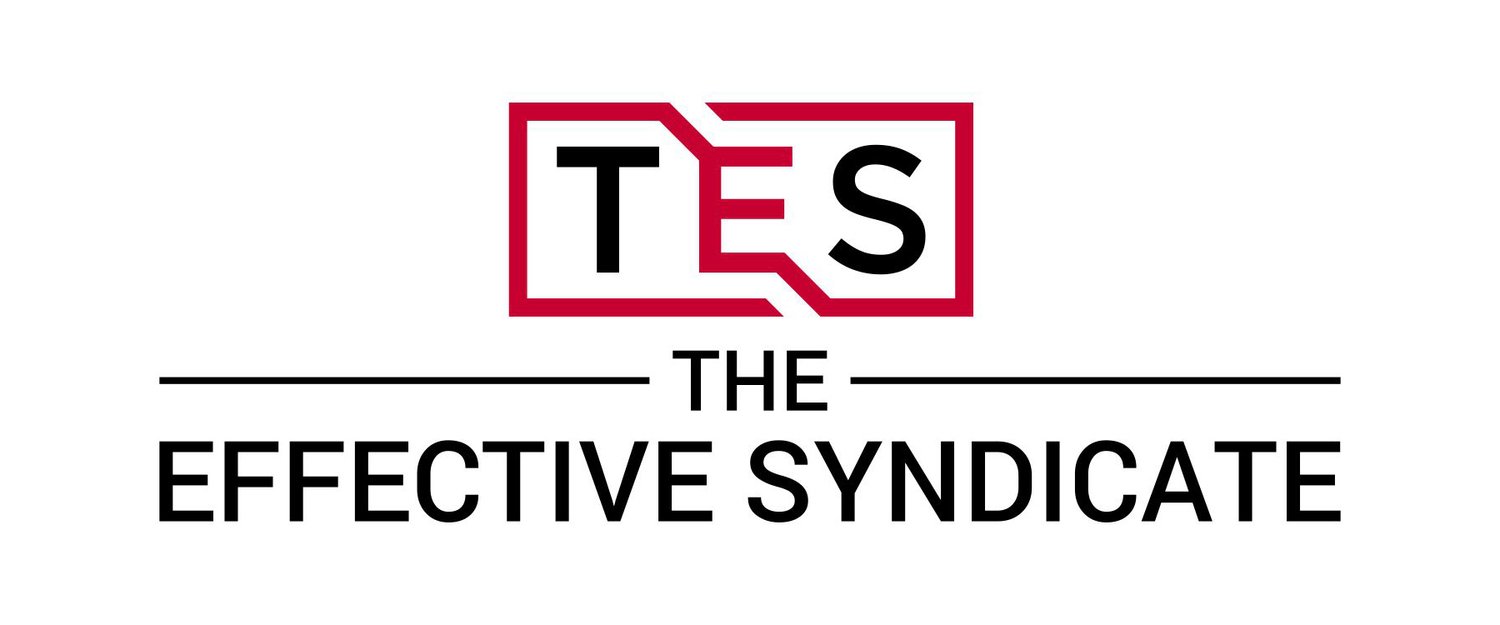Continuous Improvement: Expectations vs. Reality
I recently posted a video clip from “The Karate Kid.” In the post, I spoke about the scene from the movie where Mr. Miyagi tells Daniel to either “Karate do yes” or “Karate do no.” He describes a half-hearted effort in karate as being the same as walking in the middle of the road. At some point you will be squished like a grape. A discussion about this scene with colleagues led to the realization that Lean and Continuous Improvement are very much the same way. You either need to do them with 100% commitment, or not do them at all. In this post, I will dive into some of the expectations that tend to become a pitfall for many companies starting their lean journey. I also want to cover the reality of a Lean Journey and what to expect when considering it for your situation.
Following WWII, Japan needed a spark to ignite its economy. They looked to the successes of the U.S. and Ford’s production line. The shortcoming that they found was that the labor conditions were not suitable for a war-torn country. They needed something that would inspire and empower the workforce. They accomplished this primarily through a practice known as a "quality circle.” The output from the quality circle was two-fold: a production problem would be solved, but more importantly, the employees in the quality circle would develop critical problem-solving skills. This mentality created a culture within Toyota that would start a revolutionary way of thinking. We now use terms such as Lean, or Continuous Improvement to describe the efforts and methodologies of the Toyota Production System.
Lean is not a hammer, and it is not a nail. Lean is a philosophy and an ideal state for those who are willing to commit. It is unfortunate that Lean has been packaged and advertised as a one-size-fits-all solution in most industries. Although I am a firm believer that Lean is the correct solution for many industries, many companies deploy Lean in a way that sets them up for failure. Lean is not a hammer; you don’t simply pull a Lean tool out of the tool bag, drive a problem down and then put it away. To do this, is to miss the most important aspect of Lean, and that is the people of your company. People are the heart and soul of business. Without them, there is no product, no customer, no value proposition. How then, can you focus on a company without focusing on the people? Simply put, if you use Lean as a tool to try and drive a performance metric, your focus is in the wrong place and you will most likely fail. This is a very short-sighted view of your business and its potential.
The reality of Lean is that it is a long-term commitment. It is a commitment across the organization - from top management to the newest employee. Everyone must be involved, and everyone must be committed. Don’t expect to spend a few months, or even a year to become well versed in Lean. There is a reason it is called “Continuous Improvement.”. Set your sights to the ideal state of your company, communicate that vision, build trust within the ranks, and start achieving small victories through Lean initiatives. When everyone is committed to the team and its goals, Lean now has fertile soil to grow in, resulting in a cultural transformation that will bring a fundamental change to your business. It will empower your team to perform at levels they never knew were possible and it will add value to your products or services for your customers. It will be accomplished through the tools that Lean provides. When these tools are entrusted to a cohesive and trained team, they are invaluable.
Change your perspective. Stop thinking about where you need to be tomorrow. Start thinking about where you want to be in five years. Let that be your first target state. Start with trust, and build your team. Communicate that target state to your team and ensure clarity. Develop and empower your team to achieve success, and enjoy the long-term fruits of a Lean system. If you aren’t ready to make this commitment, know that a half-hearted effort to implement Lean will get you squashed like a grape.
